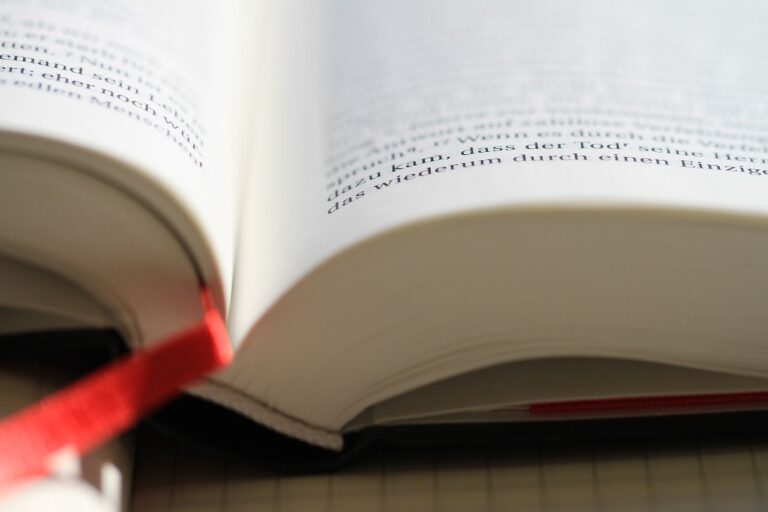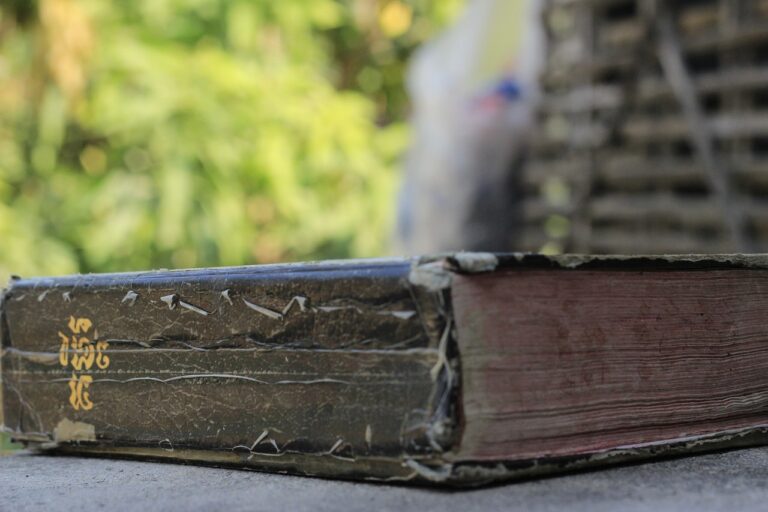How to Create Accessible Learning Materials
betbook250 com login, 11xplay reddy login, yolo247:Creating accessible learning materials is crucial in ensuring that all students, regardless of their abilities or disabilities, have equal opportunities for success. By making learning materials accessible, educators can cater to the diverse needs of their students and promote inclusivity in the classroom. In this blog post, we will discuss how to create accessible learning materials to support all learners effectively.
Understanding Accessibility
Before diving into the specifics of creating accessible learning materials, it is essential to understand what accessibility means. In the context of education, accessibility refers to designing and delivering content in a way that ensures it can be accessed and understood by all individuals, including those with disabilities.
Common barriers to accessibility in learning materials include:
– Lack of alternative text for images
– Inaccessible document formats
– Poor color contrast
– Complex language or jargon
– Inconsistent formatting
By addressing these barriers, educators can create learning materials that are usable by all students, including those with disabilities.
Tips for Creating Accessible Learning Materials
1. Use Descriptive Alt Text for Images
When including images in your learning materials, be sure to provide descriptive alt text that describes the content of the image. Alt text is especially important for students who use screen readers to access digital content.
2. Use Accessible Document Formats
Choose document formats that are accessible to screen readers and other assistive technologies, such as PDFs with text that can be read aloud. Avoid using image-based PDFs or documents with complex layouts that may be difficult to navigate.
3. Ensure Color Contrast
Maintain a high color contrast between text and background colors to make reading easier for all students, including those with visual impairments. Avoid using color combinations that may be difficult to distinguish, such as red and green.
4. Use Plain Language
When writing content for your learning materials, use clear and simple language that is easy to understand. Avoid using complex terminology or jargon that may be confusing for some students.
5. Provide Text Alternatives for Multimedia Content
For multimedia content, such as videos or audio clips, provide text alternatives that convey the same information. This ensures that all students can access the content, regardless of their learning preferences or abilities.
6. Organize Content Clearly
Organize your learning materials in a clear and logical manner, using headings, subheadings, and bullet points to break up the content. This helps students navigate the material more easily and find the information they need quickly.
7. Test for Accessibility
Before finalizing your learning materials, test them for accessibility using assistive technologies or accessibility checkers. This will help you identify any potential barriers to access and make necessary adjustments to improve usability.
Creating accessible learning materials is a critical component of inclusive education. By following these tips and guidelines, educators can ensure that all students have equal opportunities for learning and success.
FAQs
Q: What are some common assistive technologies used by students with disabilities?
A: Some common assistive technologies used by students with disabilities include screen readers, speech recognition software, and text-to-speech tools.
Q: How can educators ensure that their learning materials are accessible to all students?
A: Educators can ensure that their learning materials are accessible by following the tips outlined in this blog post and testing for accessibility using assistive technologies or accessibility checkers.
Q: Are there any resources available to help educators create accessible learning materials?
A: Yes, there are many resources available to help educators create accessible learning materials, including online guides, training modules, and accessibility checklists.
In conclusion, creating accessible learning materials is essential for promoting inclusivity and supporting all students effectively. By following the tips and guidelines outlined in this blog post, educators can make their learning materials accessible to all learners, regardless of their abilities or disabilities.







